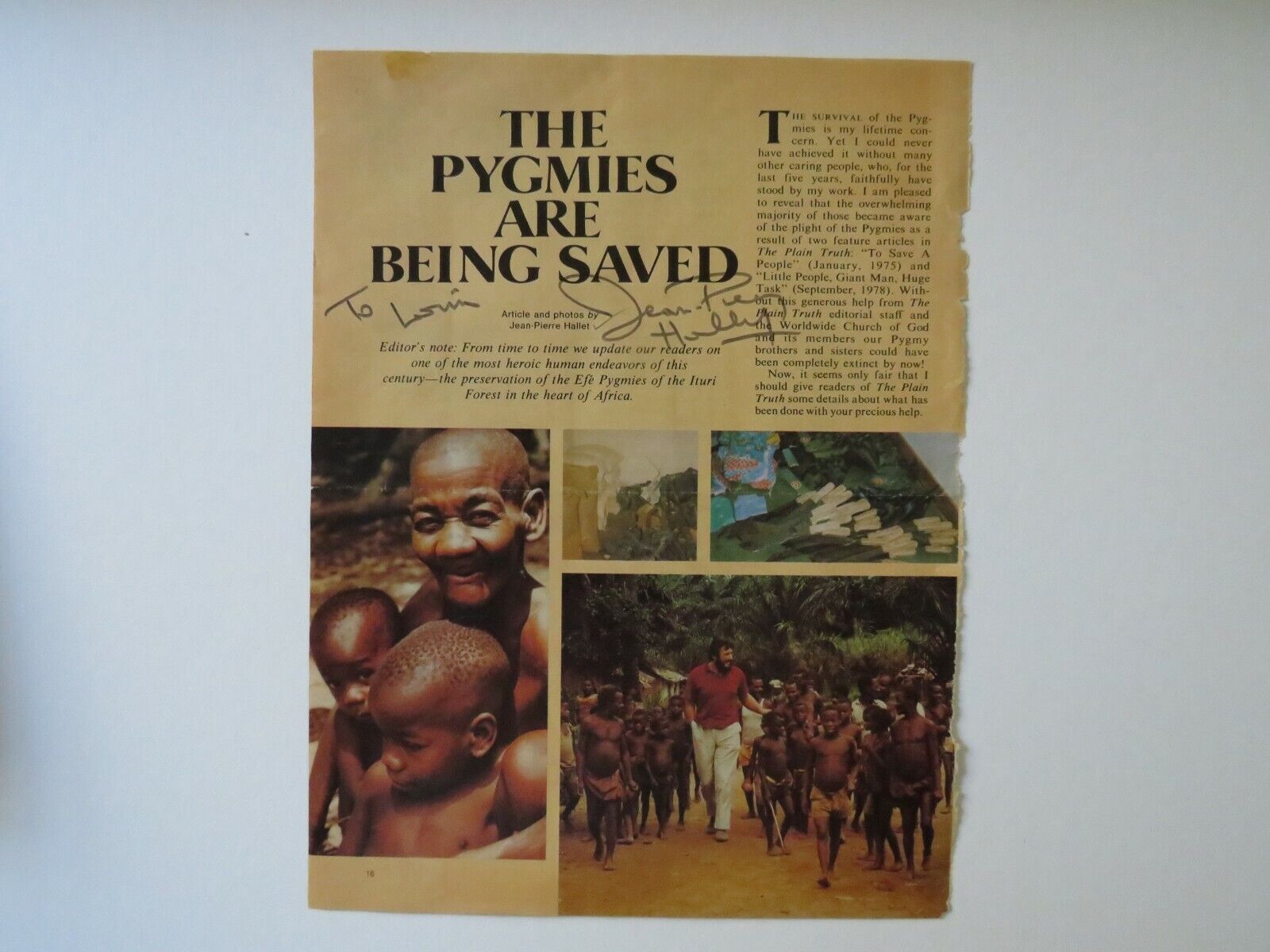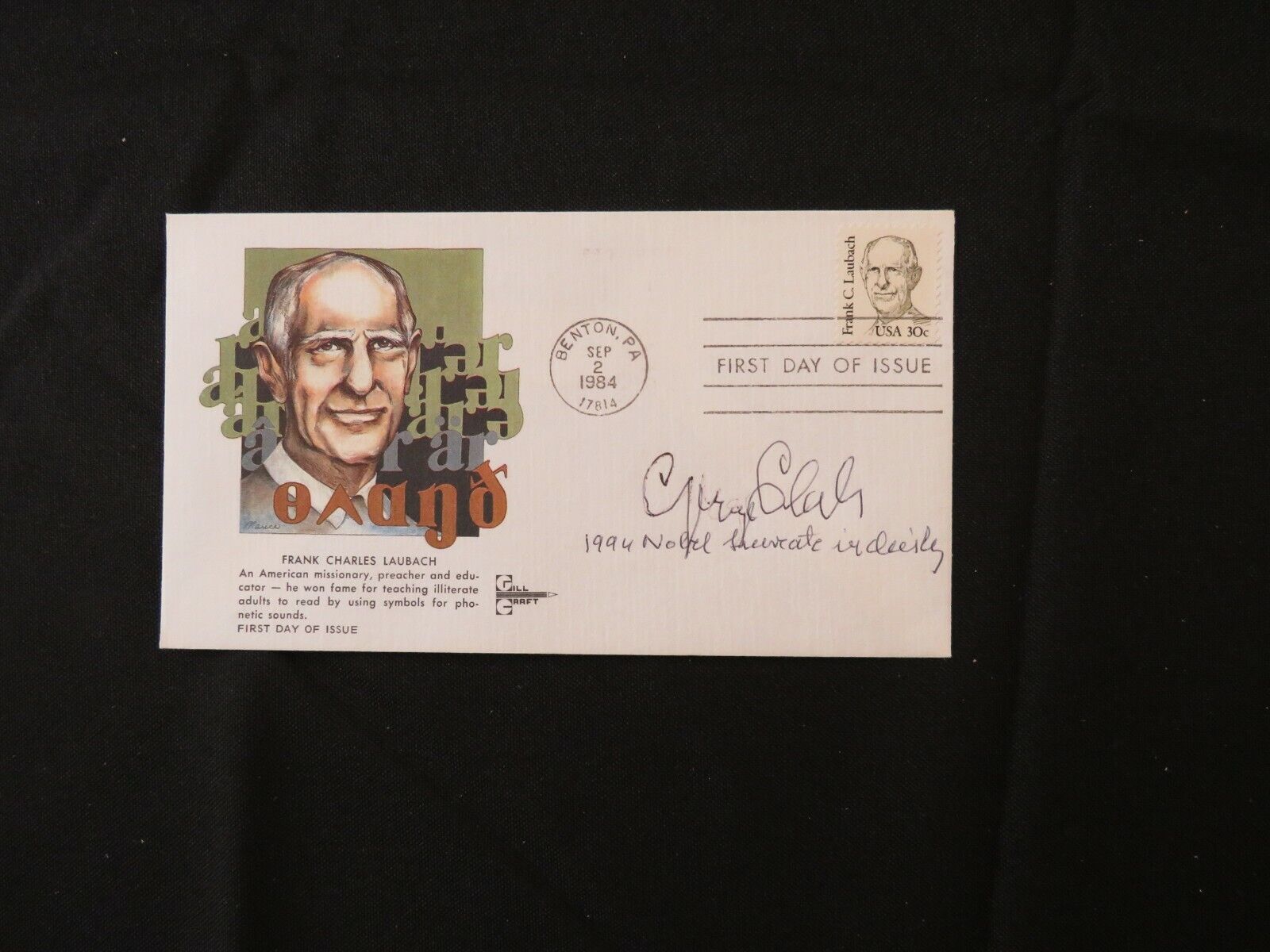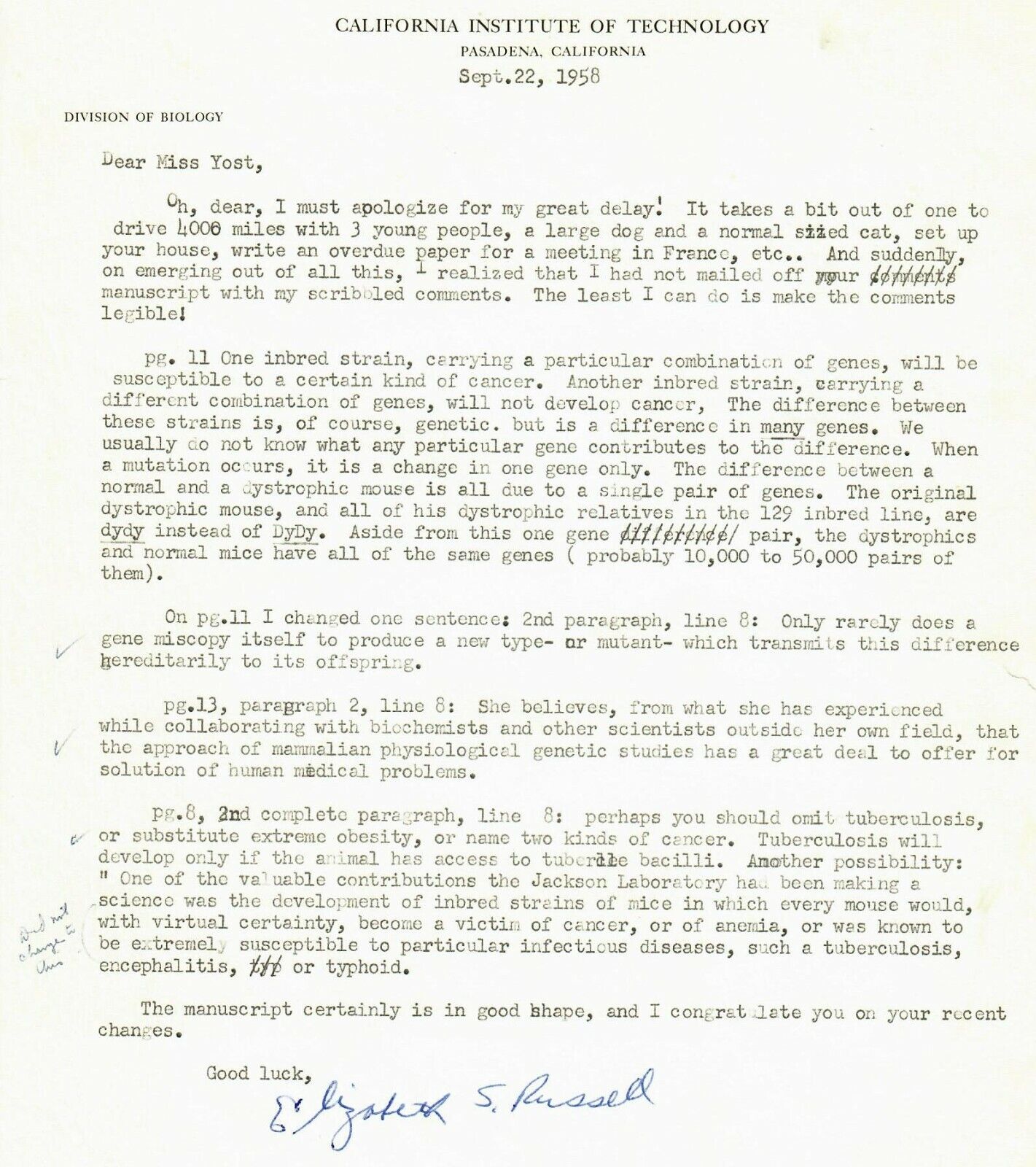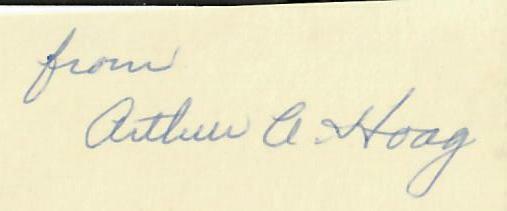-40%
"Nobel Prize in Medicine" Andrew Huxley Hand Signed 4X6 Card Todd Mueller COA
$ 73.91
- Description
- Size Guide
Description
Up for auction the"Nobel Prize in Medicine" Andrew Huxley Hand Signed 4X6 Card.
This item is certified authentic by Todd Mueller Autographs and comes with their Certificate of Authenticity.
ES-9714
Sir Andrew Fielding Huxley
OM
PRS
(22 November 1917 – 30 May 2012) was an English
physiologist
and
biophysicist
. He was born into the prominent
Huxley family
. After graduating from
Westminster School
in Central London, from where he won a scholarship to
Trinity College, Cambridge
, he joined
Alan Lloyd Hodgkin
to study nerve impulses. Their eventual discovery of the basis for propagation of nerve impulses (called an
action potential
) earned them the
Nobel Prize in Physiology or Medicine
in 1963. They made their discovery from the giant
axon
of the
Atlantic squid
. Soon after the outbreak of the
Second World War
, Huxley was recruited by the British Anti-Aircraft Command and later transferred to the Admiralty. After the war he resumed research at
The University of Cambridge
, where he developed
interference microscopy
that would be suitable for studying muscle fibres. In 1952, he was joined by a German physiologist
Rolf Niedergerke
. Together they discovered in 1954 the mechanism of muscle contraction, popularly called the "
sliding filament theory
", which is the foundation of our modern understanding of muscle mechanics. In 1960 he became head of the Department of Physiology at
University College London
. He was elected a Fellow of the
Royal Society
in 1955, and
President
in 1980. The Royal Society awarded him the
Copley Medal
in 1973 for his collective contributions to the understanding of nerve impulses and muscle contraction. He was conferred a
Knight Bachelor
by
Queen Elizabeth II
in 1974, and was appointed to the
Order of Merit
in 1983. He was a fellow of Trinity College, Cambridge, until his death. Huxley was born in
Hampstead, London
, England, on 22 November 1917. He was the youngest son of the writer and editor
Leonard Huxley
by Leonard Huxley's second wife Rosalind Bruce, and hence half-brother of the writer
Aldous Huxley
and fellow biologist
Julian Huxley
, and grandson of the biologist
T. H. Huxley
. When he was about 12, Andrew and his brother David were given a
lathe
by their parents. Andrew soon became proficient at designing, making and assembling mechanical objects of all kinds, from wooden candle sticks to a working
internal combustion engine
. He used these practical skills throughout his career, building much of the specialized equipment he needed for his research. It was also in his early teens that he formed his lifelong interest in
microscopy
.
He was educated at
University College School
and
Westminster School
in Central London, where he was a
King's Scholar
. He graduated and won a scholarship to
Trinity College, Cambridge
, to read
natural sciences
. He had intended to become an engineer but switched to physiology after taking the subject to fulfill an elective. Having entered Cambridge in 1935, Huxley graduated with a bachelor's degree in 1938. In 1939,
Alan Lloyd Hodgkin
returned from the US to take up a fellowship at Trinity College, and Huxley became one of his postgraduate students. Hodgkin was interested in the transmission of electrical signals along nerve fibres. Beginning in 1935 in Cambridge, he had made preliminary measurements on frog
sciatic nerves
suggesting that the accepted view of the nerve as a simple, elongated battery was flawed. Hodgkin invited Huxley to join him researching the problem. The work was experimentally challenging. One major problem was that the small size of most
neurons
made it extremely difficult to study them using the techniques of the time. They overcame this by working at the
Marine Biological Association
laboratory in
Plymouth
using the
giant axon
of the longfin inshore squid (
Doryteuthis (formerly Loligo) pealeii
), which have the largest neurons known. The experiments were still extremely challenging as the nerve impulses only last a fraction of a millisecond, during which time they needed to measure the changing electrical potential at different points along the nerve. Using equipment largely of their own construction and design, including one of the earliest applications of a technique of
electrophysiology
known as the
voltage clamp
, they were able to record ionic currents. In 1939, they jointly published a short paper in
Nature
reporting on the work done in Plymouth and announcing their achievement of recording action potentials from inside a nerve fibre.
Then
World War II
broke out, and their research was abandoned. Huxley was recruited by the British Anti-Aircraft Command, where he worked on radar control of anti-aircraft guns. Later he was transferred to the Admiralty to do work on naval gunnery, and worked in a team led by
Patrick Blackett
. Hodgkin, meanwhile, was working on the development of radar at the Air Ministry. When he had a problem concerning a new type of gun sight, he contacted Huxley for advice. Huxley did a few sketches, borrowed a lathe and produced the necessary parts. Huxley was elected to a research fellowship at Trinity College, Cambridge, in 1941. In 1946, with the war ended, he was able to take this up and to resume his collaboration with Hodgkin on understanding how nerves transmit signals. Continuing their work in Plymouth, they were, within six years, able to solve the problem using equipment they built themselves. The solution was that nerve impulses, or action potentials, do not travel down the core of the fiber, but rather along the outer membrane of the fiber as cascading waves of sodium ions diffusing inward on a rising pulse and potassium ions diffusing out on a falling edge of a pulse. In 1952, they published their theory of how
action potentials
are transmitted in a joint paper, in which they also describe one of the earliest computational models in biochemistry. This model forms the basis of most of the models used in neurobiology during the following four decades.
In 1952, having completed work on action potentials, Huxley was teaching physiology at Cambridge and became interested in another difficult, unsolved problem: how does muscle contract? To make progress on understanding the function of muscle, new ways of observing how the network of filaments behave during contraction were needed. Prior to the war, he had been working on a preliminary design for
interference microscopy
, which at the time he believed to be original, though it turned out to have been tried 50 years before and abandoned. He, however, was able to make interference microscopy work and to apply it to the problem of muscle contraction with great effect. He was able to view muscle contraction with greater precision than conventional microscopes, and to distinguish types of fiber more easily. By 1953, with the assistance of
Rolf Niedergerke
, he began to find the features of muscle movement. Around that time,
Hugh Huxley
and
Jean Hanson
came to a similar observation. Authored in pairs, their papers were simultaneously published in the 22 May 1954 issue of
Nature
.Thus the four people introduced what is called the
sliding filament theory
of muscle contractions.
Huxley synthesized his findings, and the work of colleagues, into a detailed description of muscle structure and how muscle contraction occurs and generates force that he published in 1957. In 1966 his team provided the proof of the theory, and has remained the basis of modern understanding of muscle physiology.










